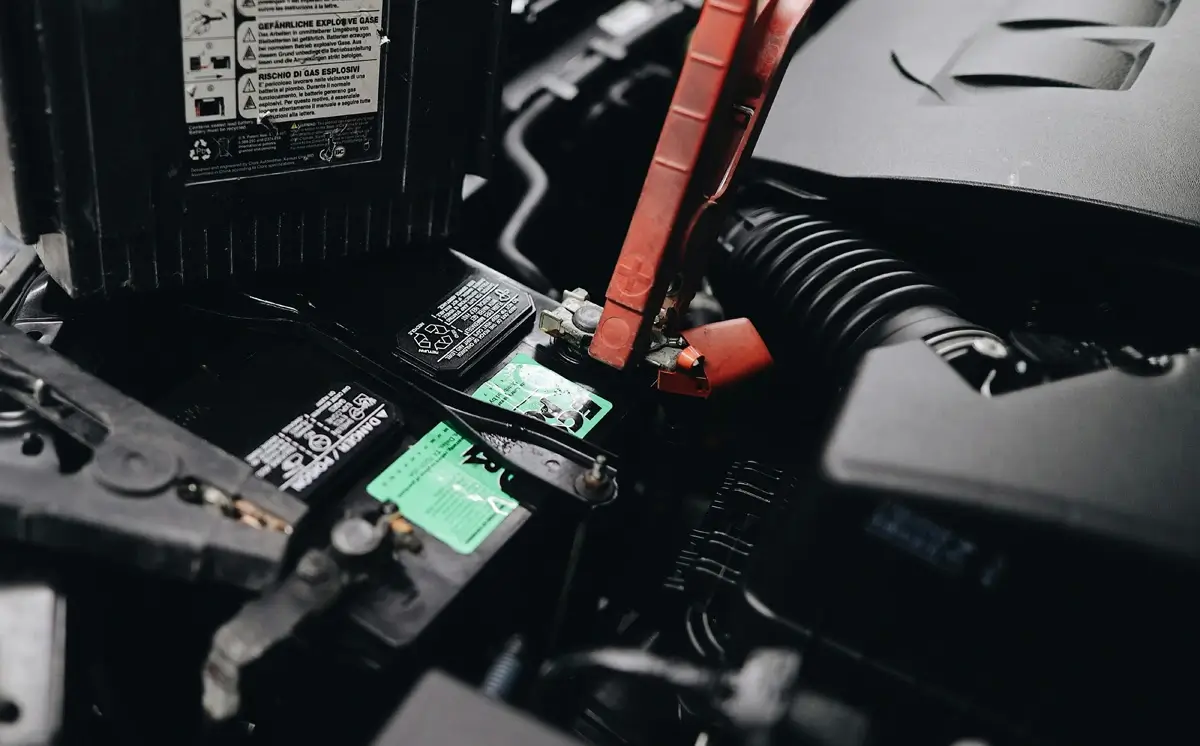-
Shopping Tools
-
Care & Maintenance
-
About
-
Dealer Login

A refresh charge is a planned routine that restores capacity and stabilizes state of charge in golf cart batteries, extending life and improving real-world range.
In simple terms, a refresh charge is a maintenance cycle designed to recover or preserve capacity. It typically involves a full, uninterrupted charge and—when appropriate—one or more controlled discharge/charge cycles to re-balance cells and counter the gradual loss caused by repeated partial charging. Because golf carts use different chemistries, the exact method varies for flooded lead-acid (FLA), AGM/gel, and lithium (LiFePO₄) packs.
Do not equalize sealed batteries. Equalization is for FLA with removable caps unless your battery maker explicitly allows it.
| Battery Type | Typical Lifespan (Well Maintained) | Notes |
|---|---|---|
| Flooded Lead-Acid (FLA) | 3–6 years | Watering, equalization (as specified), and full charges are key. |
| AGM / Gel | 4–7 years | Maintenance-lighter; avoid equalization unless maker allows. |
| Lithium (LiFePO₄) | 8–12+ years | Often 2,000–3,500 cycles; prefers partial charges and cool storage. |
A refresh charge is a deliberate maintenance routine that keeps your pack healthy: full, uninterrupted charging, chemistry-appropriate balancing, and—only when recommended—controlled discharge/charge cycles. Match the process to your battery type, follow the manufacturer’s profile, and keep connections clean. Do that, and your cart will deliver steadier power, longer range, and a longer service life from the very batteries that keep your rounds moving.
